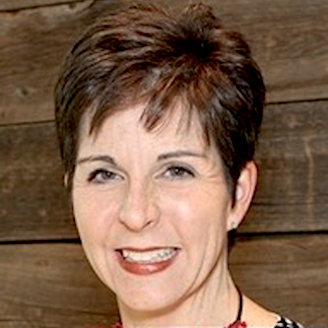

The COVID-19 pandemic has reinforced to all of us the importance of preparedness and prevention. This is especially true for those working in senior living communities.
For senior living residents, who are considered one of the most vulnerable portions of the population, preventing spread is of the utmost importance. This means that being able to identify anyone inside the community, whether they are a resident, a staff member or a guest, who potentially has COVID-19 is vital. One of the easiest ways to do this is by performing temperature checks and monitoring temperatures, but taking every single person’s temperature daily for an indefinite period is time-consuming, especially when senior living communities are as short-staffed as they are.
Fortunately, technology can help. Thermal imaging technology allows senior living communities to passively monitor anyone’s temperature inside of their buildings instead of relying on manual temperature checks just once a day. This technology can identify when an individual has an elevated temperature, which is a signifier that he or she may be at risk of infecting others. This information certainly is valuable, but thermal imaging technology isn’t the end all, be all solution, and it alone will not provide a senior living community with the results it desires.
To provide more than just a siloed system or a quick fix, senior living communities should determine how thermal imaging technology can contribute — and can be leveraged — to enhance their full solution. For instance, once the thermal imaging technology detects an individual with an elevated temperature inside the community, what happens next? Who is alerted?
Simply identifying someone with an elevated temperature isn’t enough. It’s also important that staff members can properly use this information to take concrete action. Much of this will require determining where this person has been, who he or she has been in contact with, and how long this person potentially may have been infected. To achieve this, thermal imaging can be combined with and used alongside a variety of other systems, from facial recognition to an automated alerting platform.
By using thermal imaging alongside other systems, when an elevated temperature is detected, more can be done to prevent spread. For instance, when facial recognition is added, it’s possible to determine exactly who has an elevated temperature as well as track where that person has been and who else he or she has been in contact with.
When integrated onto an automated alerting platform, staff can immediately receive alerts containing this information and more, allowing them to take swift and appropriate action. It’s then up to the community to decide what that is, whether it be additional screening, isolation, testing, etc., but by ensuring that thermal imaging is properly used as a part of the full solution, senior living communities are able to reach the safety outcomes they desire.
Senior living communities have the potential to stop an outbreak in its tracks. Doing so is vital because once the virus starts its spread, it often is difficult to stop, especially when it’s unclear where it began. With an integrated solution that includes thermal imaging that constantly monitors the community, however, both residents and staff members can be safe.
Amy Jeffs currently is operations manager of Status Solutions and has held various positions within the mission-based organization for the past 13 years. Her primary duties include assisting Status Solutions’ founder and president with developing and implementing the company’s overall go-to-market strategy. Her past experience includes 20+ years of technology business and marketing at start-ups up to Fortune 500 companies.
The opinions expressed in each McKnight’s Senior Living marketplace column are those of the author and are not necessarily those of McKnight’s Senior Living.
Have a column idea? See our submission guidelines here.


